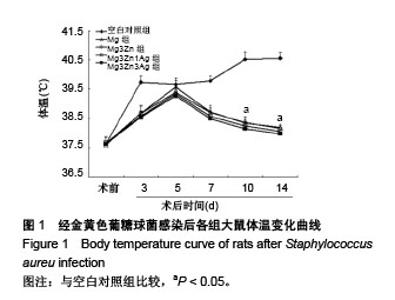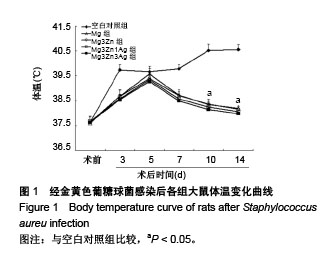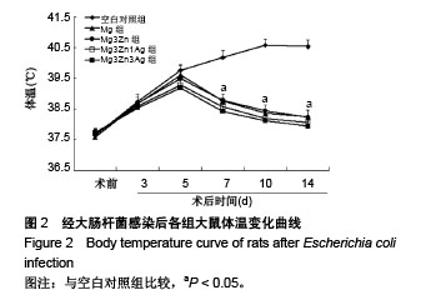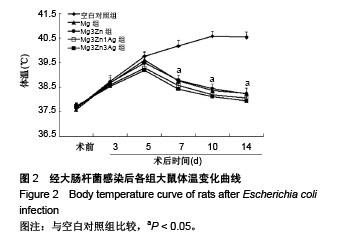| [1] Nagels J,Stokdijk M,Rozing PM.Stress shielding and bone resorption in shoulder arthroplasty. J Shoulder Elbow Surg. 2003;12:35-39.[2] Zreiqat H,Howlett CR,Zannettino A,et al.Mechanisms of magnesium-stimulated adhesion of osteoblastic cells to commonly used orthopaedic implants.Biomed Mater Res. 2002;62(2):175-184.[3] Witte F,Kaese V,Haferkamp H,et al.In vivo corrosion of four magnesium alloys and the associated bone response. Biomaterials.2005;26(17):3557-3563.[4] Murray C1,Obremskey WT,Hsu JR,et al.Prevention of infections associated with combat-related extremity injuries.J Trauma. 2011;71(2 Suppl 2):S235-257. [5] Lee SH,Brennan FR,Jacob JJ,et al.Human monocyte/ macrophage response to cobalt-chromium products and titanium particals in patients with total joint replacement.J Orthop Res.1997;15(1):40-49.[6] 任伊宾,杨柯,梁勇.新型生物医用金属材料的研究和进展[J].材料导报,2002,16(2):12.[7] Beddoes J,Bucci K.The influence of surface condition on the localized corrosion of 316L stainless steel orthopaedic implants. J Mater Sci:Mater Med.1999;10(7):389.[8] 余琨,陈良建,雷路,等.镁合金作为生物医用植入材料的研究进展[J].金属功能材料,2009,16(4):61-67.[9] 张忠诚,徐衹云,张素洁.镁与人体健康[J].微量元素与健康研究, 2006,23(4):67-69.[10] 谢兴文,黄晋,李宁,等.镁及镁合金植入体在骨科临床中的应用与进展[J].中国组织工程研究,2012,16(39):7317-7321.[11] Mukherjee S,Barman S,Mandal NC,et al.Anti-bacterial activity of Achatina CRP and its mechanism of action.Indian J Exp Biol.2014;52(7):692-704.[12] Mistry D,Powles N.The relative hydrolytic reactivities of pyrophosphites and pyrophosphates.Org Biomol Chem. 2013;11(34):5727-5733. [13] 王湛,杨军,李建军.新型骨科植入物镁合金材料抗菌性能的体外实验研究[J].中国医科大学学报,2014,43(12):1142-1144.[14] Mwaanga P,Carraway ER,van den Hurk P.The induction of biochemical changes in Daphnia magna by CuO and ZnO nanoparticles.Aquat Toxicol.2014;150:201-209.[15] Witte F,Fischer J,Nellesen J,et al.In vitro and in vivo corrosion measurements of magnesium alloys.Biomaterials. 2006;27(7): 1013-1018.[16] Bondarenko O,Ivask A,Käkinen A,et al.Particle-cell contact enhances antibacterial activity of silver nanoparticles.PLoS One.2013;8(5):e64060.[17] 张文征,张羽天.载银抗菌材料的研究与开发[J].化工新型材料, 1997,25(7):20-22. |







